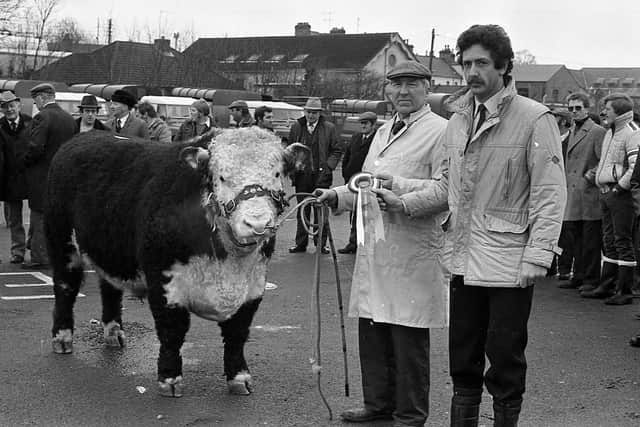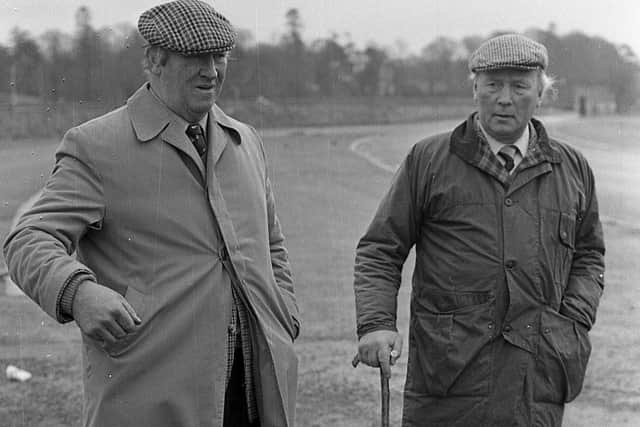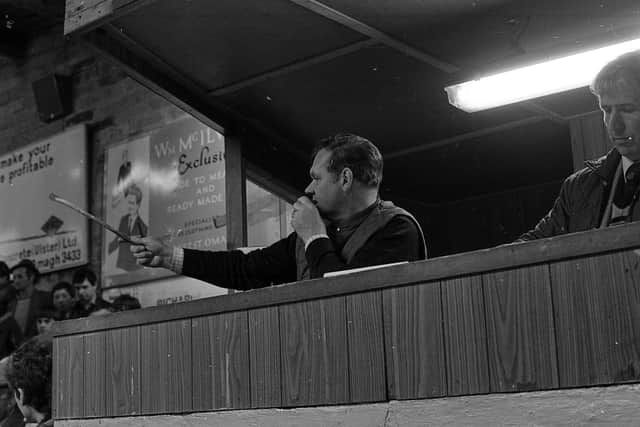Bygone Days: Turbine alternative is suggested after poor Ulster flax yields recorded (1943)
and live on Freeview channel 276
Mr H B McCance, presiding at the annual meeting of the association had referred to the problems of flax production, and pointed out that the yields per acre were poor.
“In spite of all the advances in seed selection, manurial trials, and machinery are disappointingly low compared with those obtained in our grandfathers’ time,” remarked Mr McCance
Advertisement
Advertisement
He asked whether the whole weight of research should not be directed in that one direction, viz, “yields per acre”.


He suggested that faster progress would be made in the application of research to industry if members who did not already possess research departments of their own, “got together in small groups, each group having a single unit to serve them jointly”.
“The amount of money,” he said, “spent on research before the war is an exceedingly small fraction of the annual turnover.”
He expressed his belief that a much higher proportion was desirable in the trade’s own interest on a long term view.
Advertisement
Advertisement
Dr A J Turner, director, reported on the work of the Research Institute.


He said that the primary and “outstanding job” of the institute was the employment of the scientific method with a view to “solving problems of material, machinery and processing”.
He continued: “It is in the solution of those problems, tackled in a systematic manner, that the hope of improvement lay.”
Dr Turner welcomed the continuance of the close contact between members and the Research Institute, “which gave a practical background to their work”, and which he regarded as “indispensable”.
Advertisement
Advertisement
“During the past year,” he said, “they have been specially concerned with problems of raw material, aimed, on the one hand, at assisting the processor to extract every possible ounce of useful flax fibre from the crop when it was grown; and on the other hand, at solving problems which arose attempting to make the best possible use of the numerous grades of flax and tow whether tank retted, dam retted, or green, they became available.”


He continued: “The investigation of yield of flax fibre is now facilitated by the invention of the linra flax analyser during the past year, and as a consequence an intensive survey will be undertaken of the turbine scutching of flax, which will, it is hoped, lead to higher yields being obtained.”
Meanwhile, the News Letter also reported during this week in 1943 that good progress had been made with the drive to modernise Northern Ireland scutch mills which would have to deal with the bulk of the fibre from the 100,000 acres of flax that the British Ministry of Supply had asked the province to grow in 1943.
The News Letter reported: “So far, 41 applications for assistance have been received by the Ministry Agriculture under the recently introduced grants scheme. The applicants propose either to build new mills or renovate existing plant.
Advertisement
Advertisement
“In addition, a large number of inquiries regarding the scheme have reached the ministry. Close examination of the applications is being made by inspectors, but, it is understood, only two have up to the present been turned down.”


Meanwhile a News Letter reporter was told: “The Ministry is quite satisfied with the progress of the scheme, and owners seem to be keen to take full advantage of the grants.”
The report continued: “The aim of the ministry is to encourage the opening of new mills in areas where there are no existing facilities or where the present plant would be incapable of handling the bigger production of flax. New mills will be sanctioned only where there is evidence that they are essential. Many of those in being have been allowed to fall into disrepair.
“Hitherto, owners, for want of finance, have in some cases been unable to effect improvements, though anxious to do so. The grants scheme makes it possible for the entire cost (in the first instance) either of renovation or building, to be advanced by the ministry. Fifty per cent, will be regarded as a grant, but the remainder, or any portion of it, will be in the form of a loan.”